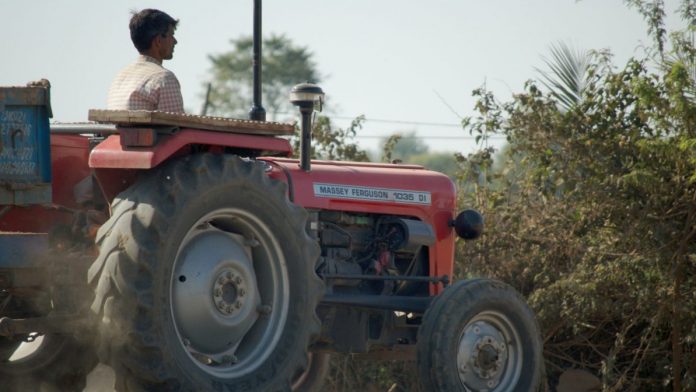Virtual water
Cotton is by no means India’s largest export commodity – petroleum products followed by gems and jewellery follow closely behind. All of these exports require water to produce, and the quantities needed are staggering. Not only does it take water to grow anything, it also takes water to make anything: cars, furniture, books, electronics, buildings, jewellery, toys and even electricity. This water that goes largely unseen is called virtual water.
By exporting more than 7.5m bales of cotton in 2013, India also exported about 38bn cubic metres of virtual water. Those 38bn cubic metres consumed in production of all that cotton weren’t used for anything else. Yet, this amount of water would more than meet the daily needs of 85% of India’s vast population for a year.
Doing things differently
Cotton doesn’t usually consume this much water. The global average water footprint for 1kg of cotton is 10,000 litres. Even with irrigation, US cotton uses just 8,000 litres per kg. The far higher water footprint for India’s cotton is due to inefficient water use and high rates of water pollution — about 50% of all pesticides used (pdf) in the country are in cotton production.
Most of India’s cotton is grown in drier regions and the government subsidises the costs of farmers’ electric pumps, placing no limits on the volumes of groundwater extracted at little or no cost. This has created a widespread pattern of unsustainable water use and strained electrical grids.
“India’s water problems are well-known in the country and pollution is everywhere. Disagreement lies in the solutions,” says Arjen Hoekstra, professor in water management at the University of Twente in the Netherlands.
The new Indian government’s solution to the spectre of growing severe water scarcity is the $168bn (£113bn) National River Linking Project, which will link 30 rivers with 15,000km of canals. This will transfer 137bn cubic metres of water annually from wetter regions to drier ones. However, the country exports far more water than that, in the form of virtual water, in cotton, sugar, cereals, motor vehicles and its many other exports.
Faltering forward
All of these exports could be produced using far less water, says Hoekstra, who pioneered the water footprint concept. “It’s not just improving water efficiency that could dramatically reduce India’s water consumption, it’s growing and producing things in the right place,” he said.
Most of India’s water-rich crops such as cereals and cotton are grown in the dry states of Punjab, Uttar Pradesh and Haryana, which have very high evaporation rates, unlike wet states such as Bihar, Jharkhand and Orissa. This perverse situation greatly exacerbates India’s water problems and is largely the result of government policies, Hoekstra’s 2009 study (pdf) states.
“There’s a lot of concern about water scarcity, but little interest in changing consumption patterns,” Hoekstra said.
Rather than matching production of goods to the sustainable use of existing water resources, India, like governments around the world, hopes to use engineering to increase the amount of water, said Hoekstra. Instead, India could grow cotton in less arid regions with more efficient irrigation and fewer pesticides to greatly reduce the crop’s impact on water resources.
- World Water Day on Sunday 22 March 2015 coincides this year with the final year of the International Decade for Action “Water for Life” 2005-2015. The main official UN event is being celebrated in New Delhi, India.


About the author